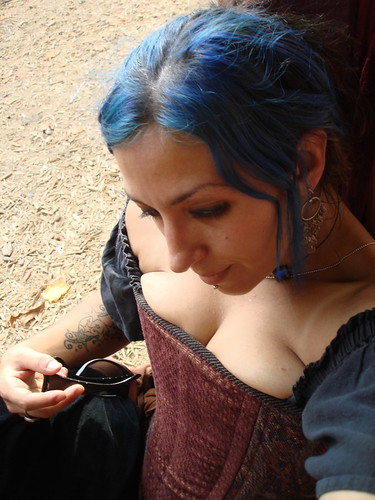Henna extracts, mainly from the crushed leaves of Henna plant (Lawsonia inermis) have been used by human beings as skin and hair dye for about 6,000 years.
The typical Henna color is imparted to the skin or hair because of the molecules of hennotannic acid, commonly known as lawsone (2-hydroxy-1, 4-naphthoquinone), a red-orange dye, present in Henna extracts. Lawsone reacts with the protein named keratin which is present in hair and skin to produce a permanent pigmentation that will last till the hair is shed or the skin wears away when the pigmented dead cells exfoliate.
Immediately after application of Henna paste, a light red-orange color will be imparted to the skin or hair. For stronger (or darker) pigmentation (say, reddish brown), the Henna mix must be left on the skin or hair for several hours. After drying, the mix is simply scrapped or brushed away, after which only the color will remain on the skin or hair.
Cleopatra and Nefertiti had used it, as historical facts show, and it is known to have been used in many areas of Africa, the Middle East and India from ancient times.
Now henna is packaged in ready-to-apply mixes of several types in Australia, Canada, European countries, India, Middle East countries, the United States, and many other countries. The color variations now available from commercial Henna packs vary from colors such as orange, orange-red, auburn, chestnut brown, deep burgundy, deep blue-black, indigo, etc.


No comments:
Post a Comment